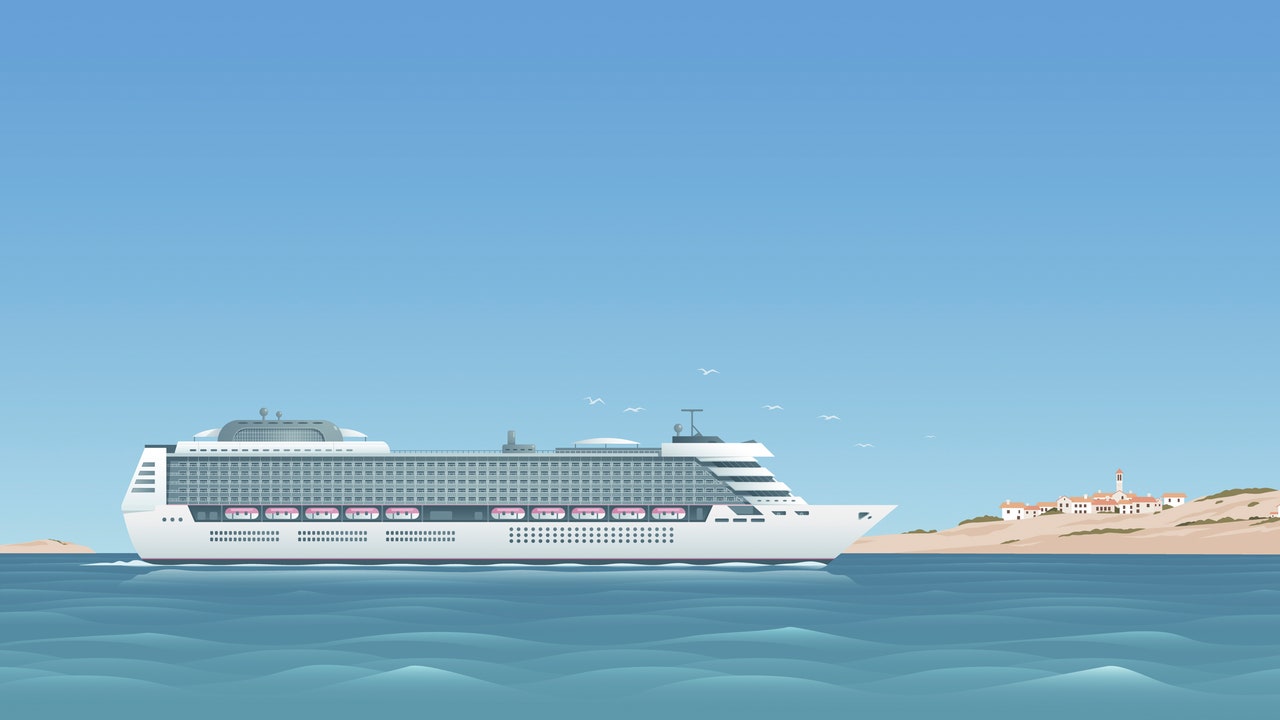Captain Luis Rodriguez, the acting chief of the CDC Vessel Sanitation Program, notes that the CDC reported more cruise ship outbreaks in 2023 than 2022, but there was also an increase in shoreside cases during this time. Rodriguez, who holds a graduate degree in public health, explains that the CDC directly “tracks illnesses on cruise ships, so cases are found and reported more quickly on a cruise ship than on land” (which relies on state and local health departments to collect data and report to the agency separately).
“Norovirus outbreaks commonly occur in crowded living accommodations or communities where persons are physically close,” Rodriguez says. “Pathogens that cause norovirus outbreaks can spread quickly in closed and semi enclosed environments, such as a cruise ship.” In short, any crowded space comes with higher transmission risks, and since the reporting requirements of illnesses on cruise ships are so stringent, outbreaks can appear more common than they actually are.
In order to help prevent and control the spread of gastrointestinal illnesses on cruises, all ships are subject to inspection by the CDC when operating in US ports and territorial waters. The inspection results (including every nitty gritty detail) are publicly available on the CDC website—curious passengers can check out how their ship performed during past inspections by using the site’s search function.
Because cruise line medical staff track the number of illnesses and likely causes, it’s important that travelers alert the onboard medical team when they feel unwell. This not only allows for accurate reporting to authorities, it also gives onboard teams a chance to prevent disease from spreading by beefing up sanitation protocols during the sailing.
But even passengers who take precautions to avoid transmittable illnesses can be subject to the oldest of seagoing maladies—the old mal de mer, or seasickness, chief among them. Thankfully, most modern cruise ships have sophisticated stabilizer systems which significantly curtail pitch and roll, even in rough seas—leaving many would-be sufferers almost unaware of any movement from the ship at all.
Seasickness is caused by an imbalance between the perception and realities of motion, and conventional wisdom is to keep the horizon in the line of sight. Travelers particularly prone to motion sickness or worried about being affected might prefer balcony staterooms for this reason. There are also a number of over-the-counter medications, available in pill or patch form, that travelers can take with them to treat seasickness. If a bout of nausea catches a passenger by surprise, ship medical staff generally carry a generous supply on board.
If you do get sick on a cruise, rest assured that international maritime law requires virtually all passenger ships to employ a medical doctor onboard. The 50-plus major cruise lines that belong to CLIA go a step further and are required to train clinical staff members in advanced life support, and additionally have defibrillators, cardiac monitors, X-ray machines, and lab equipment onboard.
At the end of the day, cruise ship crew members and passengers each do their part to keep everyone on board happy and healthy during their sailing. Just remember, washy washy!
Condé Nast Traveler does not provide medical advice, diagnosis, or treatment. Any information published on this website or by this brand is not intended as a substitute for medical advice, and you should not take any action before consulting with a healthcare professional.
